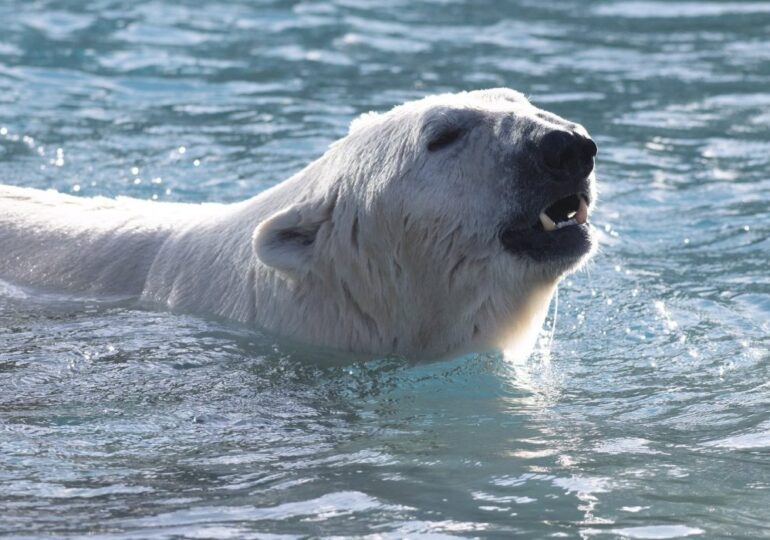Study Reveals Two Proto-Human Species Coexisted in Kenya 1.5 Million Years Ago

A groundbreaking discovery in Kenya has provided new evidence that two distinct hominin species, Homo erectus and Paranthropus boisei, coexisted approximately 1.5 million years ago. Published in the journal Science, the findings are based on fossilized footprints uncovered in 2021 at Koobi Fora, near Lake Turkana. This revelation suggests not only that these proto-human species shared the same environment but also raises the possibility of interactions between them. The research team, led by paleoanthropologist Kevin Hatala of Chatham University, analyzed a 26-foot trail of fossilized footprints to draw their conclusions.
Advanced 3D imaging techniques were employed to examine the unique features of the footprints, revealing significant differences in foot anatomy and locomotion. Tracks with high arches and a heel-to-toe walking pattern were attributed to Homo erectus, whose anatomy closely resembles that of modern humans. Conversely, footprints with flatter shapes and deeper impressions at the forefoot were linked to Paranthropus boisei, a species characterized by a robust build and a divergent big toe. This distinction highlights the varied adaptations of these species to their shared habitat.
The footprints provided detailed insights into the anatomical and behavioral differences between these ancient hominins. Among the findings was a single trackway containing a dozen prints left by an individual of P. boisei, whose foot size is estimated to match a modern US men’s size 8.5. This detailed preservation of footprints allows researchers to better understand the walking mechanics and physical characteristics of these species.
These findings have significant implications for understanding early human evolution. The coexistence of H. erectus and P. boisei in the same environment challenges long-held assumptions about competition and survival among early hominin species. Instead, it suggests that diverse evolutionary adaptations may have allowed these species to share resources and coexist, shedding light on the complexities of human ancestry.





















